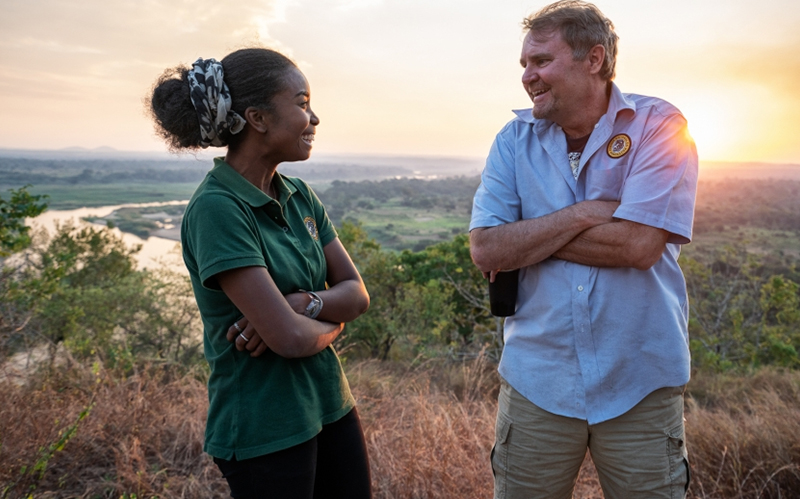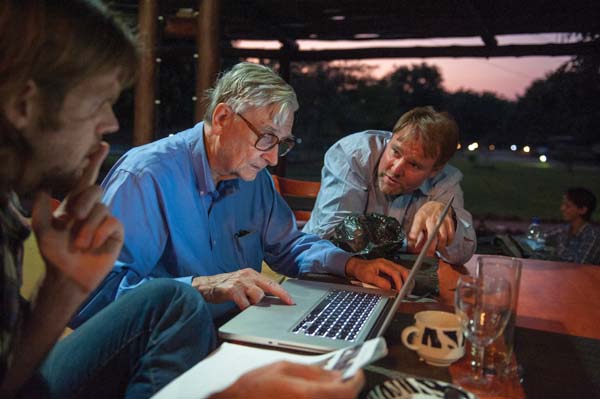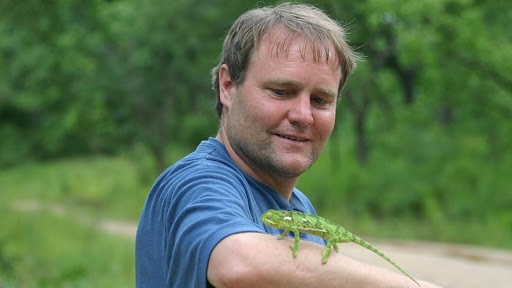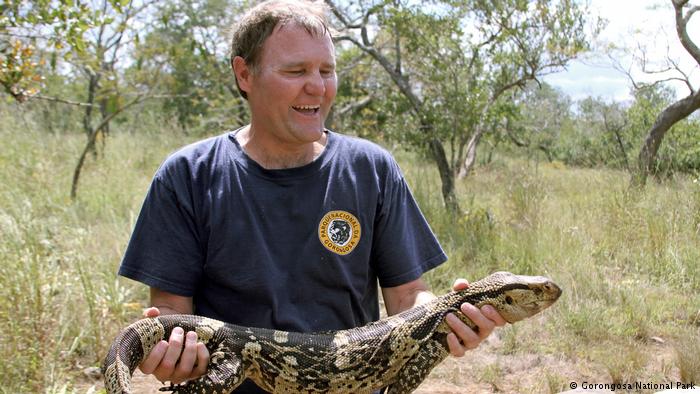Greg Carr
Entrepreneur and philanthropist
Greg Carr
Gregory C. Carr (born 1959) is an American entrepreneur and philanthropist. His most notable philanthropic venture is the restoration of Mozambique's famous Gorongosa National Park, which has been ravaged by civil war and environmental destruction. He has pledged $40 million over 30 years to rebuild the park as a source of tourist income for the local population.
Following a succcessful career in the technology sector, the Idaho born Greg Carr resigned from his for-profit boards and dedicated himself to humanitarian activities (1988). He formed the Carr Center for Human Rights Policy at Harvard University in 1999. Through research and teaching, the Carr Center seeks to make human rights principles central to the formulation of good public policy in the United States and throughout the world.
In 1999 he also founded the Gregory C. Carr Foundation, a non-profit organization through which he has been involved in various projects including the Gorongosa Restoration Project. The Carr Foundation is currently committed to the 30 year restoration of Gorongosa National Park in central Mozambique as well as to the sustainable development of the communities surrounding the park. The Gorongosa team has reintroduced species to the ecosystem, worked with the Mozambican government to extend the park's boundaries to include Mount Gorongosa and planted more than three million trees on the mountain, created an international Restoration Ecology science research center, established eco-tourism in the Park, and provides health and education programs to the local communities living near the Park's borders. National Geographic Television chronicled the Park's restoration in their film "Africa's Lost Eden", as well as the CBS News program "60 Minutes" on October 26, 2008. Carr has been active in human rights activities in his home state of Idaho. In 2000, he co-founded the Museum of Idaho located in Idaho Falls, and in 2001 he opened the Market Theater in Harvard Square, Cambridge, Massachusetts. The theater was known for showcasing small independent and experimental productions. In 2001 he purchased the compound of the Aryan Nations, near Hayden Lake, Idaho, after it was seized by court order following a successful lawsuit brought by the Southern Poverty Law Center against the Nazi group. The land, donated to North Idaho College, is now a peace park. (Courtesy: Dale Morris and Africa Geographic)For those of you that might be wondering, Greg Carr is no relation to Norman Carr featured in our Pioneers in Conservation section.
THE STORY OF GORONGOZA NP
In the 1950s and 60s, Gorongosa was the safari destination of choice for Hollywood A-listers like John Wayne, Gregory Peck and Joan Crawford. They would sip their sundowners at the glamourous Chitengo Camp, and spot vast herds of elephants, buffalo, antelopes and over 500 lions on action-packed game drives.
Life seemed blissful here – until civil war broke out after independence in the mid-1970s between the new government’s forces Frelimo and rebel forces Renamo. Gorongosa, Renamo’s stronghold, was at the heart of the fighting. Local people were kidnapped and murdered, buildings destroyed, animals poached for food or ivory. By the end of the war in 1992, the park had become an empty, decimated shell.In 2004, American billionaire philanthropist Greg Carr flew over Gorongosa, entranced by its ghostly beauty. Looking for a cause, he realised he could help the park recover and simultaneously aid social regeneration in this desperately poor area through tourism. The Gorongosa Restoration Project was born and today it’s one of Africa’s greatest conservation success stories.
I first came here in 2010, just as Gorongosa was on the cusp of a remarkable recovery. The wildlife was skittish but it was slowly making a comeback. Tourists were coming back too, and so were scientists, including the eminent biologist and conservationist E.O. Wilson who in 2011 declared it to be the most diverse park in the world. Perhaps that’s not surprising – the range of habitats, from rainforest, floodplains, fever-tree and palm forests to mountains, waterfalls and gorges all add to its beauty and biodiversity. So my heart sank in 2013 when I heard that Renamo insurgents were once again threatening the stability of the area in the run-up to general elections, and the Foreign and Commonwealth Office advised against travelling to the region. Thankfully, the disturbance was short-lived. In March last year, the advisory was lifted and it was safe to return, so I jumped at the chance to go back.Gorongosa was as beautiful as ever. The wildlife was far more visible and relaxed, with an abundance of antelopes, particularly waterbucks almost everywhere you turned. But what really gave the place a buzz was the number of scientists here and their excitement about their research. Joyce Pool, the world’s leading authority on elephants, is studying Gorongosa’s herds and their behaviour against the background of war, habituating them to people again. Lion researcher Paola Bouley is doing ground-breaking work on restoring the lion population whose numbers are still relatively low despite their ample food supply. It seems that everything from ants to antelopes is being studied here. And many smaller species have been discovered that are totally new to science, including a new gecko.
It’s estimated that some 35,000-75,000 species potentially exist in Gorongosa and the ambition here is to create a total inventory using the fascinating state-of-the-art Edward O. Wilson Biodiversity Laboratory which opened last year near Chitengo.Courtesy: Sue Watts, Safari Bookings
ARTICLES OF INTEREST:
Return to Gorongosa on 60 Minutes - 14 years later with Greg Carr (video) Sept 2024.
Trees, tech and people help Mozambican park reverse nature losses, July 2022.
HISTORY INFORMS FUTURE by Greg Carr, April 2021.
Resurrecting Mozambique's Magnificent Gorongosa by Sean B Carroll, Sierra Club May 2016.
How one of Africa’s great parks is rebounding from war with Africa Geographic May 2019 (PDF)
ParkTalk interview with Gregory Carr (uTube video) 2014.
A Comeback for African National Parks by Patrick Adams, New York Times February 2019.



